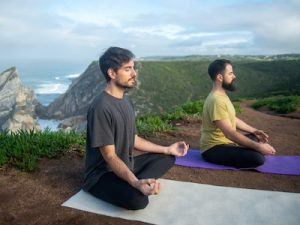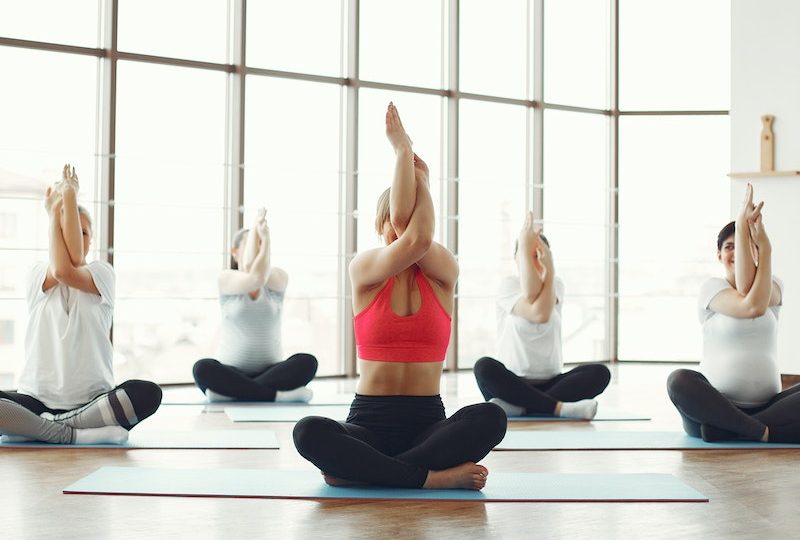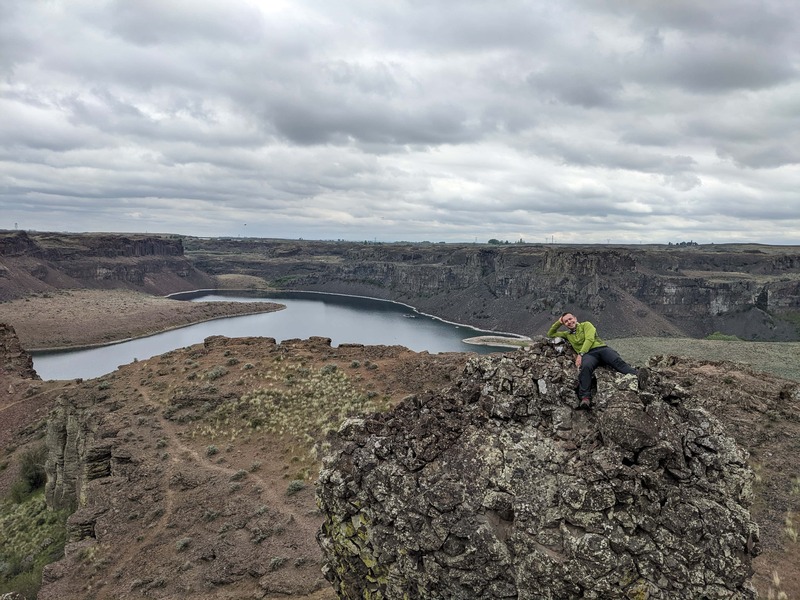In this article, we delve into the world of hot yoga and explore the science behind its benefits and potential risks. From increased flexibility and strength to improved cardiovascular health, we cover everything you need to know about this popular form of yoga. Whether you’re a seasoned yogi or a newcomer to the practice, you won’t want to miss this in-depth analysis of hot yoga.
 Hot yoga, also known as Bikram yoga, has become increasingly popular in recent years. This form of yoga involves performing a series of poses in a room heated to 105°F (40.5°C) with a humidity level of 40%. Advocates of hot yoga claim that heat helps to increase flexibility, detoxify the body, and improve mental clarity. However, critics have raised concerns about the potential risks of practicing yoga in such extreme conditions. In this article, we will explore the science behind hot yoga and examine its benefits, risks, and everything you need to know before trying this practice.
Hot yoga, also known as Bikram yoga, has become increasingly popular in recent years. This form of yoga involves performing a series of poses in a room heated to 105°F (40.5°C) with a humidity level of 40%. Advocates of hot yoga claim that heat helps to increase flexibility, detoxify the body, and improve mental clarity. However, critics have raised concerns about the potential risks of practicing yoga in such extreme conditions. In this article, we will explore the science behind hot yoga and examine its benefits, risks, and everything you need to know before trying this practice.
The benefits of hot yoga
Hot yoga has been shown to offer several benefits, both physical and mental. Here are some of the key advantages:
Increased flexibility and range of motion
The heat in hot yoga helps to warm up the muscles, making them more pliable and allowing for deeper stretches. This increased flexibility can lead to improved posture, better alignment, and a reduced risk of injury.
Improved cardiovascular health
The elevated heart rate and increased sweating in hot yoga can provide a cardiovascular workout that is similar to moderate-intensity exercise. This can help to strengthen the heart and improve overall cardiovascular health.
Strengthening of muscles
Hot yoga poses require strength and endurance, particularly in the core and lower body. Regular practice can lead to improved muscle tone and increased overall strength.
Detoxification through sweat
The heat and humidity in hot yoga classes can cause the body to sweat profusely. This can help to flush out toxins and impurities from the body, leaving you feeling refreshed and rejuvenated.
Mental health benefits
Hot yoga can also have positive effects on mental health. The practice is known to reduce stress, anxiety, and depression, and improve overall mood and emotional wellbeing. The combination of physical exertion and mental focus can also help to improve mindfulness and increase feelings of self-awareness.
The risks of hot yoga
While hot yoga can offer many benefits, there are also potential risks associated with practicing in extreme heat. Here are some of the main concerns:
Dehydration and electrolyte imbalances
Excessive sweating can lead to dehydration, which can cause symptoms such as dizziness, nausea, and fatigue. In addition, the loss of fluids can disrupt the balance of electrolytes in the body, which can lead to muscle cramps, weakness, and other complications.
Overheating and heat exhaustion
Exercising in extreme heat can also lead to overheating and heat exhaustion, which can be dangerous or even life-threatening in severe cases. Symptoms of heat exhaustion include headache, weakness, dizziness, and nausea, and can progress to more serious conditions such as heat stroke if left untreated.
Potential for injury
The heat in hot yoga classes can make it easier to overstretch or push too hard, leading to strains, sprains, and other injuries. Beginners or those with pre-existing medical conditions such as hypertension or heart disease may be at higher risk for these types of injuries.
The science behind hot yoga
So how does hot yoga work, and what are the physiological effects on the body? Here are some key insights from scientific research:
How heat affects the body during exercise
During exercise, the body generates heat as a result of metabolic processes in the muscles. This heat is typically dissipated through sweating and evaporation, which helps to regulate body temperature and prevent overheating. However, in hot yoga classes, the external heat source (the heated room) adds an additional layer of heat stress to the body. This can cause the body to work harder to maintain a safe body temperature, which can lead to increased heart rate, respiration, and sweating.
Studies on the physiological effects of hot yoga
Several studies have investigated the physiological effects of hot yoga on the body. One study published in the Journal of Strength and Conditioning Research found that 12 weeks of hot yoga practice led to significant improvements in muscular strength, endurance, and flexibility, as well as reductions in body fat percentage and resting heart rate. Another study published in the Journal of Bodywork and Movement Therapies found that hot yoga improved balance, coordination, and proprioception (the sense of where one’s body is in space).
Comparison of hot yoga to traditional yoga practices
While hot yoga shares many similarities with traditional yoga practices, there are some key differences to consider. For example, hot yoga may be more physically demanding due to the heat and humidity, which can increase the risk of injury for some individuals. Additionally, the focus on sweating and detoxification in hot yoga may be less emphasized in traditional yoga practices.
Tips for practicing hot yoga safely
If you decide to try hot yoga, it’s important to take certain precautions to ensure your safety and avoid potential risks. Here are some tips to keep in mind:
Staying hydrated
Drink plenty of water before, during, and after class to prevent dehydration and electrolyte imbalances. Avoid alcohol and caffeine, which can dehydrate the body and make it harder to regulate body temperature.
Listening to your body and taking breaks when needed
Pay attention to how your body feels during class and take breaks as needed. Don’t push yourself too hard or try to keep up with more experienced practitioners if it puts your safety at risk.
Proper clothing and equipment
Wear light, breathable clothing that allows for full range of motion. Consider bringing a towel and mat to prevent slipping and provide cushioning for joints.
Understanding your own physical limitations
If you have pre-existing medical conditions or injuries, consult with your doctor or a qualified yoga instructor before trying hot yoga. Consider modifying poses or skipping certain sequences if they cause pain or discomfort.
Conclusion
Hot yoga can offer many benefits for physical and mental health, but it’s important to be aware of the potential risks and take necessary precautions. By understanding the science behind hot yoga and practicing safely, you can enjoy the benefits of this popular practice while minimizing the risks.









